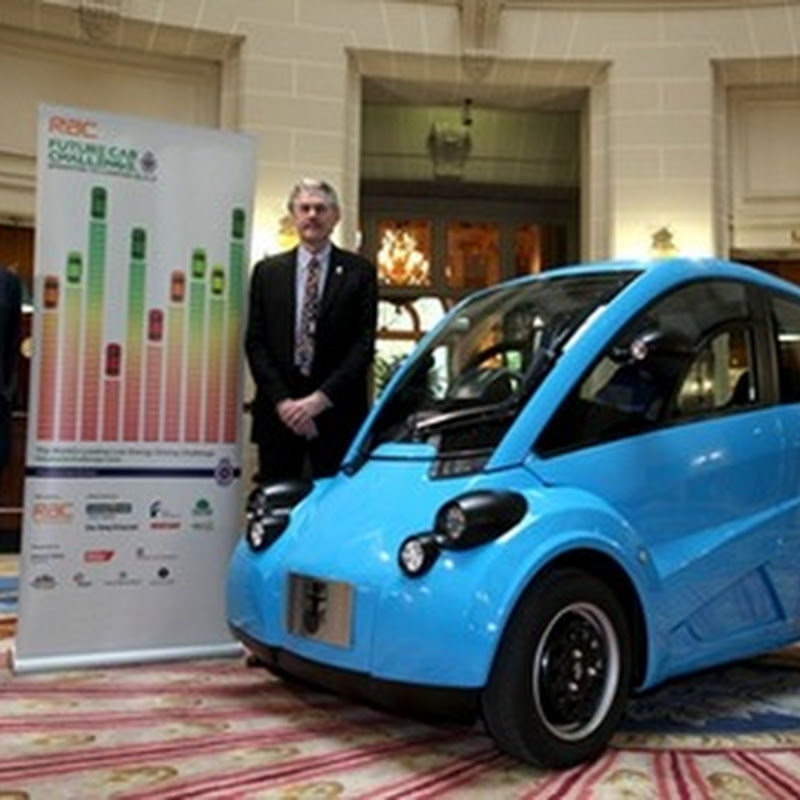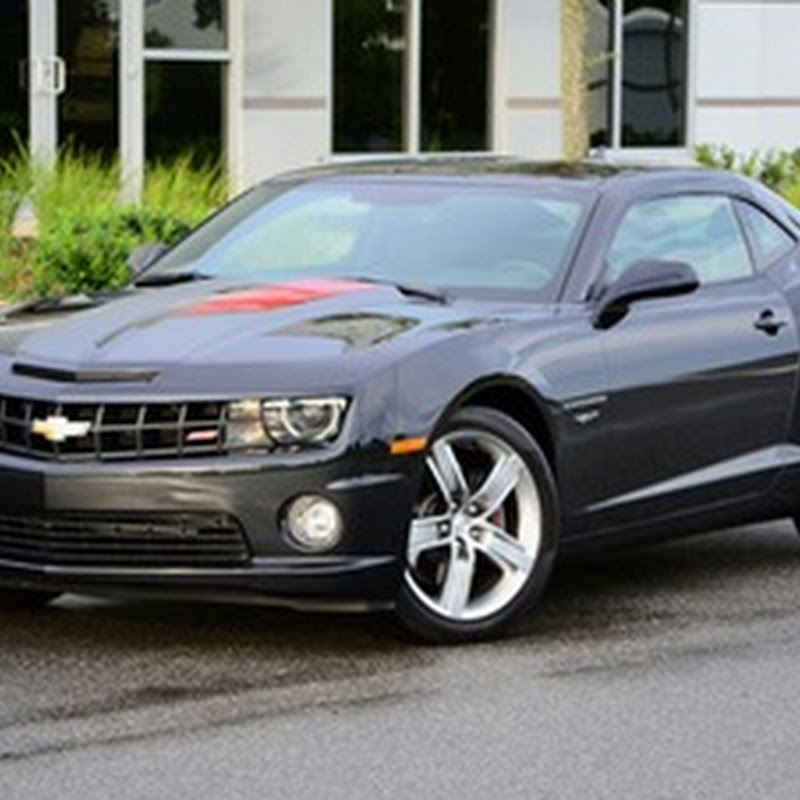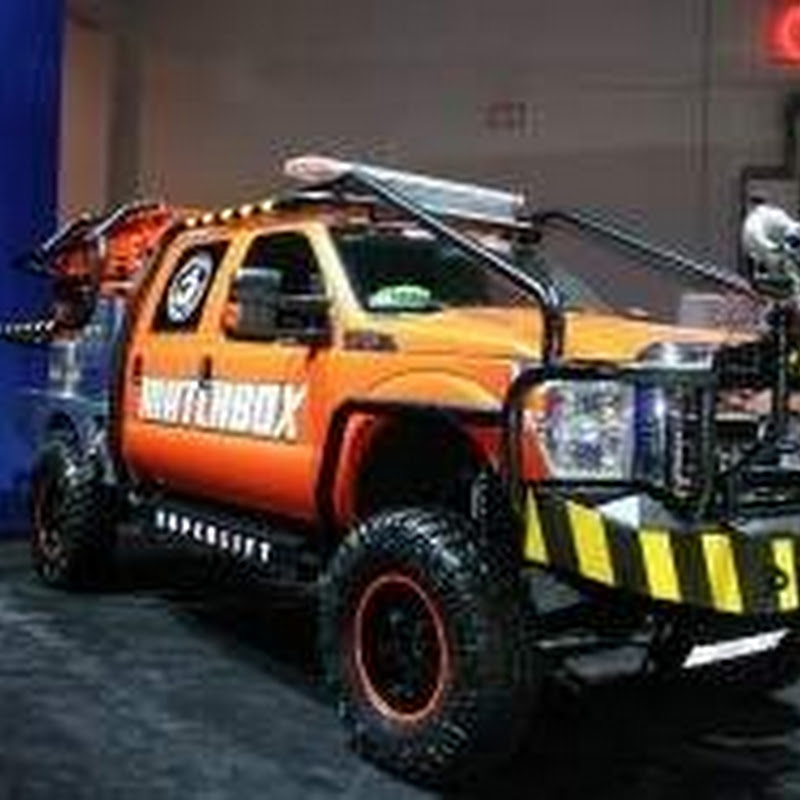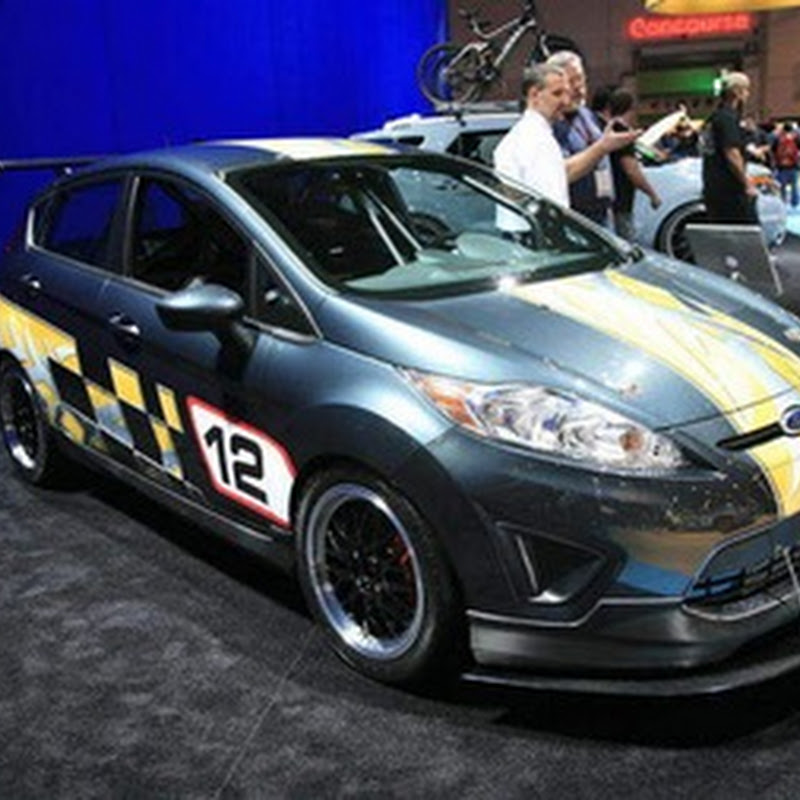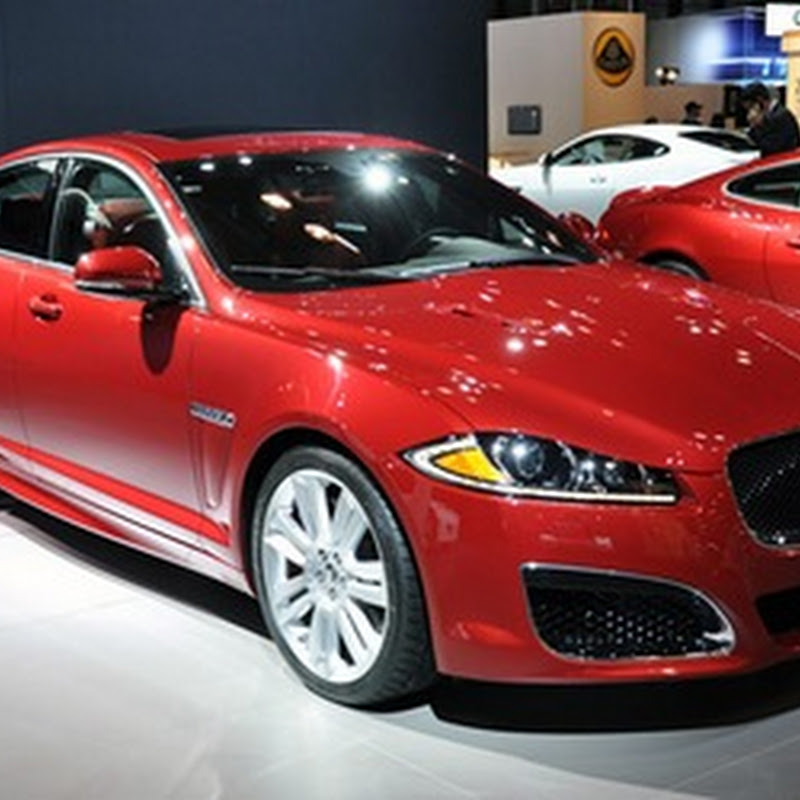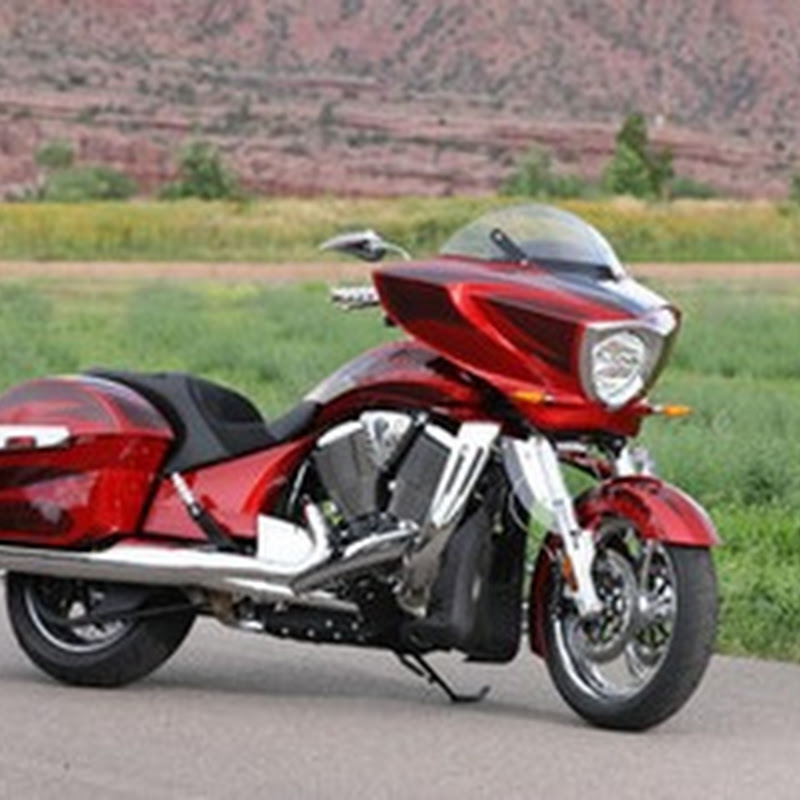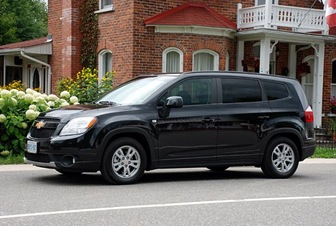 Windermere, Ontario – In February 1996, Windermere House, a historic hotel originally built in 1870, burned to the ground during the filming of a Hollywood feature (The Long Kiss Goodnight, starring Geena Davis and Samuel Jackson). It was a devastating blow to the community of Windermere located on the shore of Lake Rosseau in Ontario’s Muskoka region.
Windermere, Ontario – In February 1996, Windermere House, a historic hotel originally built in 1870, burned to the ground during the filming of a Hollywood feature (The Long Kiss Goodnight, starring Geena Davis and Samuel Jackson). It was a devastating blow to the community of Windermere located on the shore of Lake Rosseau in Ontario’s Muskoka region.
Windermere House’s owners could have walked away into a comfortable retirement with a sizeable insurance settlement, but instead they decided to reinvest and rebuild the Victorian style hotel to its original grandeur. The massive project took just 18 months to complete and in the spring of 1997, Windermere House re-opened.
We could find some parallels in the experience of Windermere House and General Motors, a company that was driven into bankruptcy in June 2009. Out of the ashes of the old GM emerged a new, smaller, leaner General Motors Company. Non-productive brands were sold or closed and the company refocused its energy on developing the cars and trucks that consumers would buy in the 21st century. Its motto is “design, build, and sell the world’s best vehicles.”
Eighteen months after its Chapter 11 filing in a New York courtroom, the same amount of time the owners of Windermere House took to rebuild their business, General Motors reported it had earned $4.7 billion in 2010, its first profit since 2004.
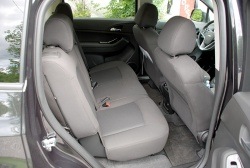 Just as GM has become smaller, leaner and more agile, so have its vehicles, with new cars to meet consumer demand in the mini-car (Spark) sub-compact (Sonic) and compact segments (Cruze). While the Spark and Sonic will be arriving soon in Canada, the Cruze went on sale in 2010. It has been a big contributor to GM’s bottom line. Since its international debut in 2009, Chevrolet has sold more than 800,000 worldwide and is on track to exceed one million units by the end of 2012. The Automobile Journalists Association of Canada voted the Chevrolet Cruze as Canadian Car of the Year for 2011.
Just as GM has become smaller, leaner and more agile, so have its vehicles, with new cars to meet consumer demand in the mini-car (Spark) sub-compact (Sonic) and compact segments (Cruze). While the Spark and Sonic will be arriving soon in Canada, the Cruze went on sale in 2010. It has been a big contributor to GM’s bottom line. Since its international debut in 2009, Chevrolet has sold more than 800,000 worldwide and is on track to exceed one million units by the end of 2012. The Automobile Journalists Association of Canada voted the Chevrolet Cruze as Canadian Car of the Year for 2011.
Now GM is rolling out a Cruze variant, the Orlando, a seven passenger compact minivan that will compete primarily against the Mazda5 and Kia Rondo. GM views this as an underdeveloped segment, one that will have increasing appeal to young, cash-conscious families. With four-cylinder fuel economy, more modest monthly payments and full-size minivan seating options, the Chevrolet Orlando provides the flexibility to carry a family’s precious cargo without breaking the budget.
When it goes on sale this fall, the Orlando will start at just $19,995 in base LS trim with seven-passenger seating, power windows, locks and remote keyless entry, four-wheel disc brakes, ABS, stability control and traction control, CD player with MP3 and auxiliary audio inputs, block heater, tilt steering, three auxiliary power outlets, manual transmission and 16-inch steel wheels. Air conditioning can be added for $1,250.
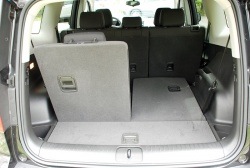 The Orlando is as compact as the Cruze, yet with its tall wagon design, has room inside for seven passengers and a bit of luggage – a lot more luggage with the rear seats folded flat. It doesn’t look too tall, with its long swept roofline and bulging wheel arches. The wheel arches give the Orlando a classic fendered look, albeit less classic than the outgoing retro HHR that it replaces.
The Orlando is as compact as the Cruze, yet with its tall wagon design, has room inside for seven passengers and a bit of luggage – a lot more luggage with the rear seats folded flat. It doesn’t look too tall, with its long swept roofline and bulging wheel arches. The wheel arches give the Orlando a classic fendered look, albeit less classic than the outgoing retro HHR that it replaces.
But the Orlando does look compact and one would be surprised to open the doors – and all four doors open like normal car doors; the rears do not slide – and find so much passenger space within. Up front are two captain’s chairs with such long forward and back movement that even seven-foot-two-inch Toronto Raptors centre Alexis Ajinca, would have no trouble finding a comfortable seating position.
Driven by a normal adult, the legroom for second row passengers is ample, and unlike the six-passenger Mazda5, there is room for three people here. Adults might find it tight, but for children it is just cozy. Another bonus – a car seat can be mounted in the safest centre seating position. Naturally, there are shoulder belts for all three spots, as well as for two more in the third row, 60/40 split folding rear bench. I did squeeze my six-feet, two-inch frame into the third row and found it to be actually quite comfortable, though I don’t know how I would fare on a long run. For a short jaunt, it would be just fine. Getting in and out was not difficult either as the second row seats tumble and fold with one motion.
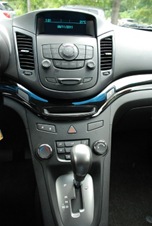 When both second and third row seats are folded, the Orlando has 1,594 litres of cargo space. While the Orlando is primarily targeted at young families, my guess is that a lot of empty nesters will find that cargo space attractive.
When both second and third row seats are folded, the Orlando has 1,594 litres of cargo space. While the Orlando is primarily targeted at young families, my guess is that a lot of empty nesters will find that cargo space attractive.
Family vehicles collect all sorts of stuff, from umbrellas to colouring books and the Orlando comes equipped with a variety of storage compartments, including two large cupholders in the centre console, map and bottle holders integrated into the front and rear doors and a number of compartments in the cargo area. An ingenious little storage area is hidden behind the front fascia of the audio system. Flipping up the face of the audio system reveals a space large enough for valuables like an MP3 player, sunglasses and wallets, keeping them away from prying eyes. Within the compartment there is a standard auxiliary jack and optional USB port for MP3 or iPod connectivity, depending on the trim level.
Power for the Orlando comes from the Chevrolet Equinox’s 2.4-litre four-cylinder engine rated at 174 horsepower, not the Cruze’s smaller 1.8-litre. It is paired with either a six-speed manual or six-speed automatic transmission. The six-speed manual delivers 6.7 L/100 km on the highway and 10.1 L/100 km in the city while the 6-speed automatic delivers 6.9 L/100 km on the highway and 10.6 L/100 km in the city. This is the best fuel economy for a seven-passenger vehicle available today.
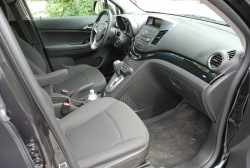 Despite the larger displacement, the 2.4-litre provides only sufficient power to get the job done. Most people will find it more than adequate, but drivers with a full load of kiddies and luggage will think twice about multi-car passing on a two lane highway.
Despite the larger displacement, the 2.4-litre provides only sufficient power to get the job done. Most people will find it more than adequate, but drivers with a full load of kiddies and luggage will think twice about multi-car passing on a two lane highway.
The suspension comes direct from the Cruze and with its front McPherson struts and rear torsion beam suspension, provides a comfortable ride without sacrificing good handling. For such a tall and, despite its compact size, large vehicle, the Orlando handled surprisingly well.
Models we drove from Toronto to Windermere were the well-optioned LT and LTZ models. For $22,295, it is expected that the 1LT will be the big seller, with standard air conditioning, cruise control, premium cloth seats, floor mats, power heated mirrors, tilt and telescoping steering wheel, driver armrest and centre console added. A six-speed automatic transmission, 16-inch alloy wheels, vehicle interface package with Bluetooth connectivity, remote start, tire pressure monitoring system and cargo management system is an optional extra.
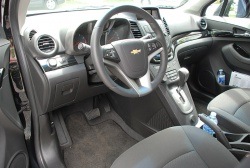 With the 2LT model, 16-inch alloy wheels, fog lamps, USB port, vehicle interface package, leather wrapped steering wheel with audio controls and tire pressure monitoring system are standard for $24,895, while a six-speed automatic transmission, 18-inch alloys, remote start, six-way power driver’s seat, heated front seats, rear park assist, sun roof and cargo management system can be added as an option.
With the 2LT model, 16-inch alloy wheels, fog lamps, USB port, vehicle interface package, leather wrapped steering wheel with audio controls and tire pressure monitoring system are standard for $24,895, while a six-speed automatic transmission, 18-inch alloys, remote start, six-way power driver’s seat, heated front seats, rear park assist, sun roof and cargo management system can be added as an option.
At the top of the trim levels, the $29,735 Orlando LTZ includes most of the 2LT’s optional equipment as standard, but also adds standard automatic climate control, chrome and stainless steel exterior trim, ambient interior lighting and electrochromic rear-view mirror. Only leather seating, sunroof and navigation system are optional.
